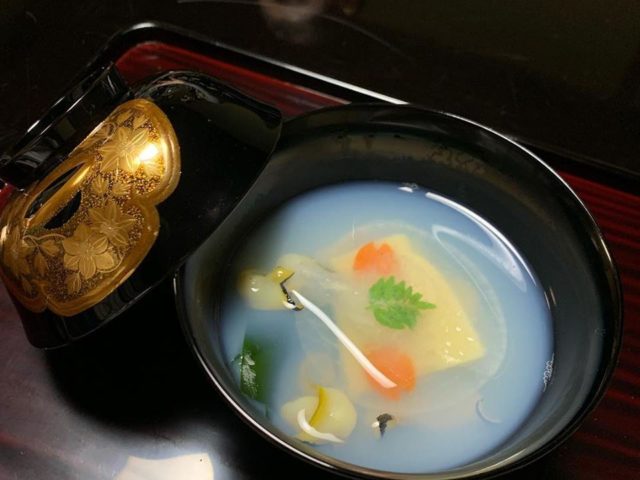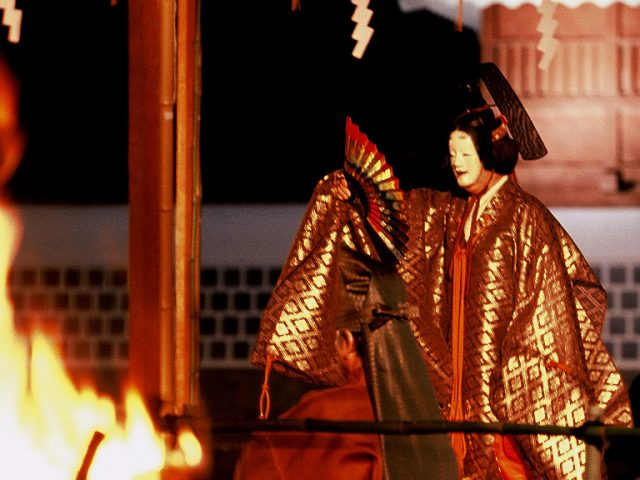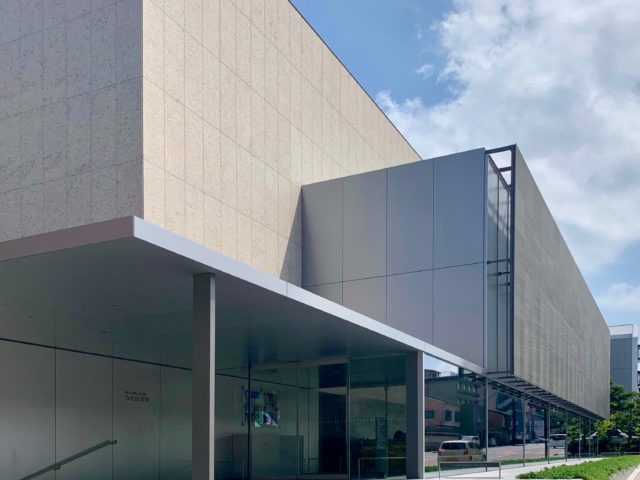Step Inside the “City of Crafts,” Kanazawa
This article is no longer being updated and may contain old or incorrect information. For the latest information on Kanazawa and recommendations for guests of Kaname Inn Tatemachi, please check our IDEAS main page.
On my first trip to Kanazawa ten years ago, the Tsuzumi Gate was the first sight to catch my heart…
The Tsuzumi Gate, your entry into Hokuriku
 courtesy the City of Kanazawa
courtesy the City of Kanazawa
The Tsuzumi Gate in front of Kanazawa Station reflects the style of the city. It is frequently cited as one of the most beautiful stations in the world. Like the torii gates of Shinto shrines, it warmly welcomes guests as those crossing between the real world and the spiritual. The contrast between the wooden structure and the contemporary design of the atrium perfectly captures the city’s multilayered history and culture. I think it’s rare to see a station constructed with such attention to both aesthetics and culture.
I’ve often wondered what association the people of Kanazawa make in order to think of the city when considering a tsuzumi, the hand drum of Noh plays. Noh has played a key role enriching the culture of the peasants, samurai and lords since the beginning of Kanazawa’s history. There’s also a saying here, that “Noh rains from the sky” as tree tenders chant Noh dialog while they work.
It could also be a reference to the Noh play “Tenko,” which has the same written character and translates as “celestial hand drum.” Or perhaps it’s the rainy, thundering weather in Kanazawa, with tenko as part of Chinese and Buddhist idioms to describe the sound of thunder. In any case, the connection with the Maeda Clan lords and the castle town is apparent. I presume that the tsuzumi is a composite art form, just as Noh is for the people in Kanazawa’s past.
How the Maeda lords patronized the traditional arts and crafts of the Kaga Domain
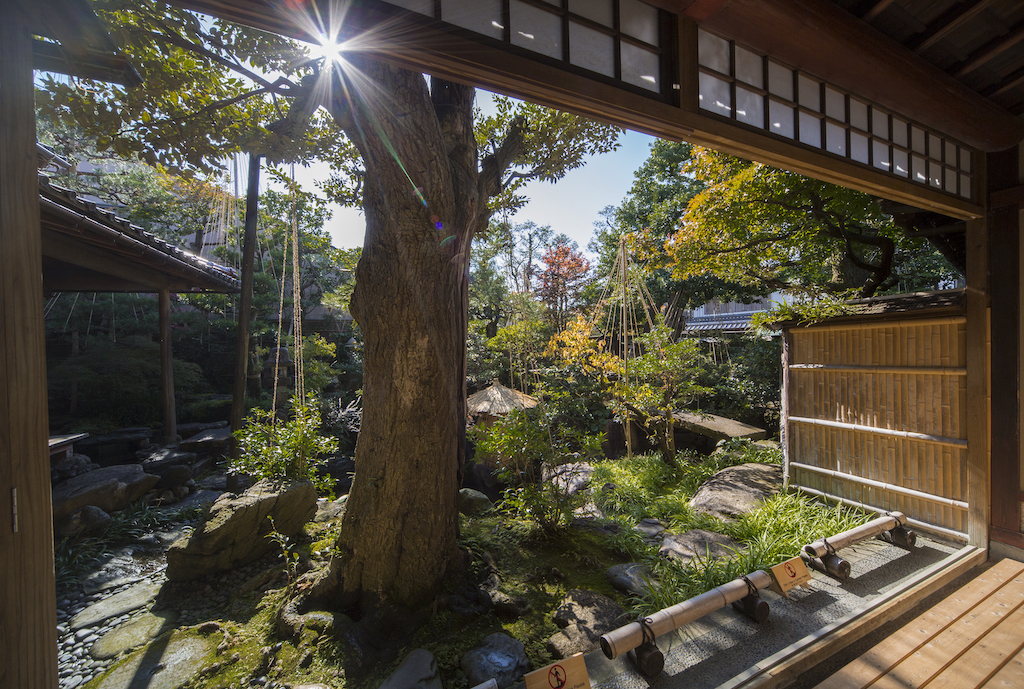 the garden of the living museum, Nomura-ke, in the Samurai District; courtesy the City of Kanazawa
the garden of the living museum, Nomura-ke, in the Samurai District; courtesy the City of Kanazawa
Back in the Edo era, Toshitsune, the third Maeda lord, instituted a cultural policy to focus on craftwork. This was to allow the samurai to covertly undermine the Shogunate’s establishment. Artisans from Kyoto and Edo (what is today Tokyo) were hired, and successors were trained at official studios. By the time of the fifth lord, Tsunanori, craftsmanship had developed with a momentum surpassing Kyoto’s.
Toshitsune amassed a personal collection of artwork and crafts associated with the tea ceremony. Tsunanori, the fourth lord who was well-versed in literature, collected and compiled books. And from these, the Kaga Domain developed to become renowned as “the Academy of Japan,” securing a golden age of culture in Kanazawa during this period.
Samurai and townspeople created unique methods in response to the political aspirations of the lords, who invested their resources in cultural promotion and cultural properties without collecting a threatening amount of surplus wealth. These methods formed the foundation of Kanazawa as a “City of Crafts,” with 36 traditional crafts practiced for 400 years.
 maki-e, a style of decorating lacquerware with powdered metal, one of the protected traditional crafting techniques of Ishikawa; courtesy the City of Kanazawa
maki-e, a style of decorating lacquerware with powdered metal, one of the protected traditional crafting techniques of Ishikawa; courtesy the City of Kanazawa
Wander around Japanese craft
In 2020, the National Crafts Museum, a branch of the National Museum of Modern Art, Tokyo, was relocated to Kanazawa City. The move was a part of a greater effort to support local development by moving national institutions out of the capital. The National Crafts Museum is the only national museum specializing in Japan’s traditional and folk craft.
Our mission is to collect, store, and exhibit the finest works of modern and contemporary craft based on research and study, and related important materials, as well as engage in public relations. The aim is to contribute to the research of craftspeople and researchers of Japanese craft, increase understanding of Japanese craft for citizens, and to raise interest in Japanese craft within people around the world.
from the National Museum of Modern Art, “On the relocation of the National Crafts Museum to Ishikawa” (Japanese)
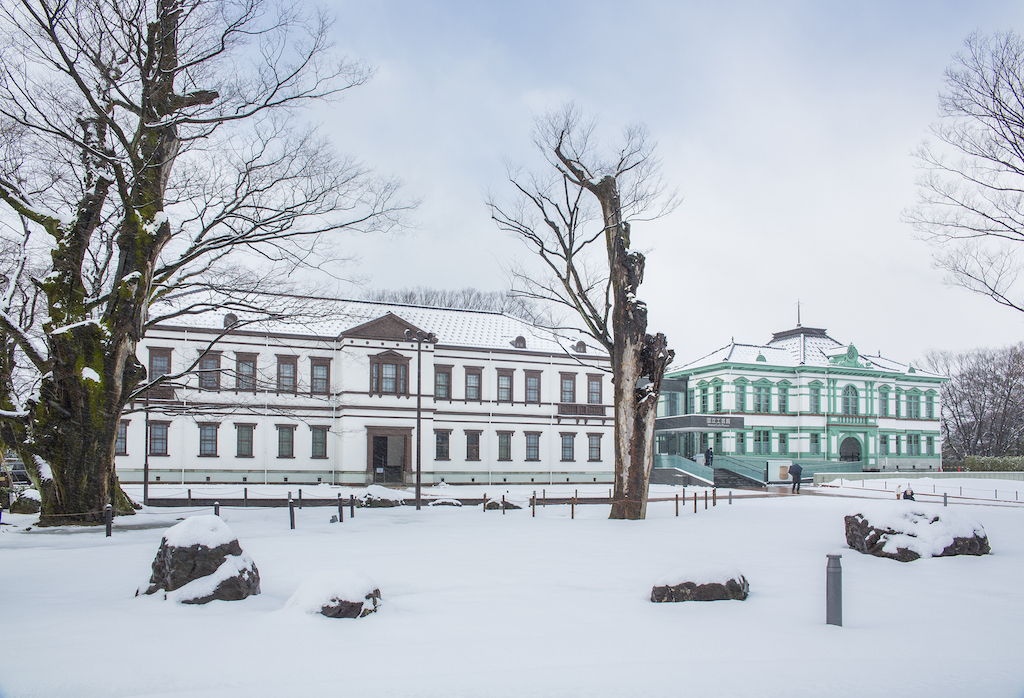 the two joined buildings of the National Crafts Museum; courtesy the City of Kanazawa
the two joined buildings of the National Crafts Museum; courtesy the City of Kanazawa
Do others see the connection with the Maeda family’s policies as I do?
For those who love creative endeavors both now and in the past, handmade works are the outcome of daily study. In the case of traditional handicrafts, they are passed down by those who value them.
Just a short walk around the city will reveal wonderful craftsmanship. We also have several museums in addition to the National Crafts Museum, like the D.T. Suzuki Museum, all located in the lovely Honda no Mori area (“Honda Forest”) area, a haven for some of Kanazawa’s finest museums, where history, culture, and nature feel profoundly interconnected.
My favorite walks are in the forest, through the path called Midori no Komichi (“The Verdant Path”) and Geijutsu no Komichi (“The Path of Art”), reached from Kenrokuen Garden and the 21st Century Museum of Contemporary Art, and around Honda Forest. As you walk through the museums surrounding the forest, I am pretty sure you will realize how closely Japanese art is linked to nature’s seasons.
It would be my hope that you can feel a sense of Japan in the wind, quietly.
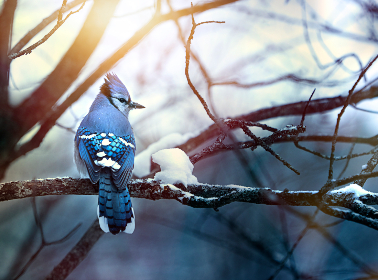
Nordic reindeer led an exploring migrating bird to somewhere snowy places and she finally landed in Kanazawa. She would love to find her own inspiration in winter to share with the world.


